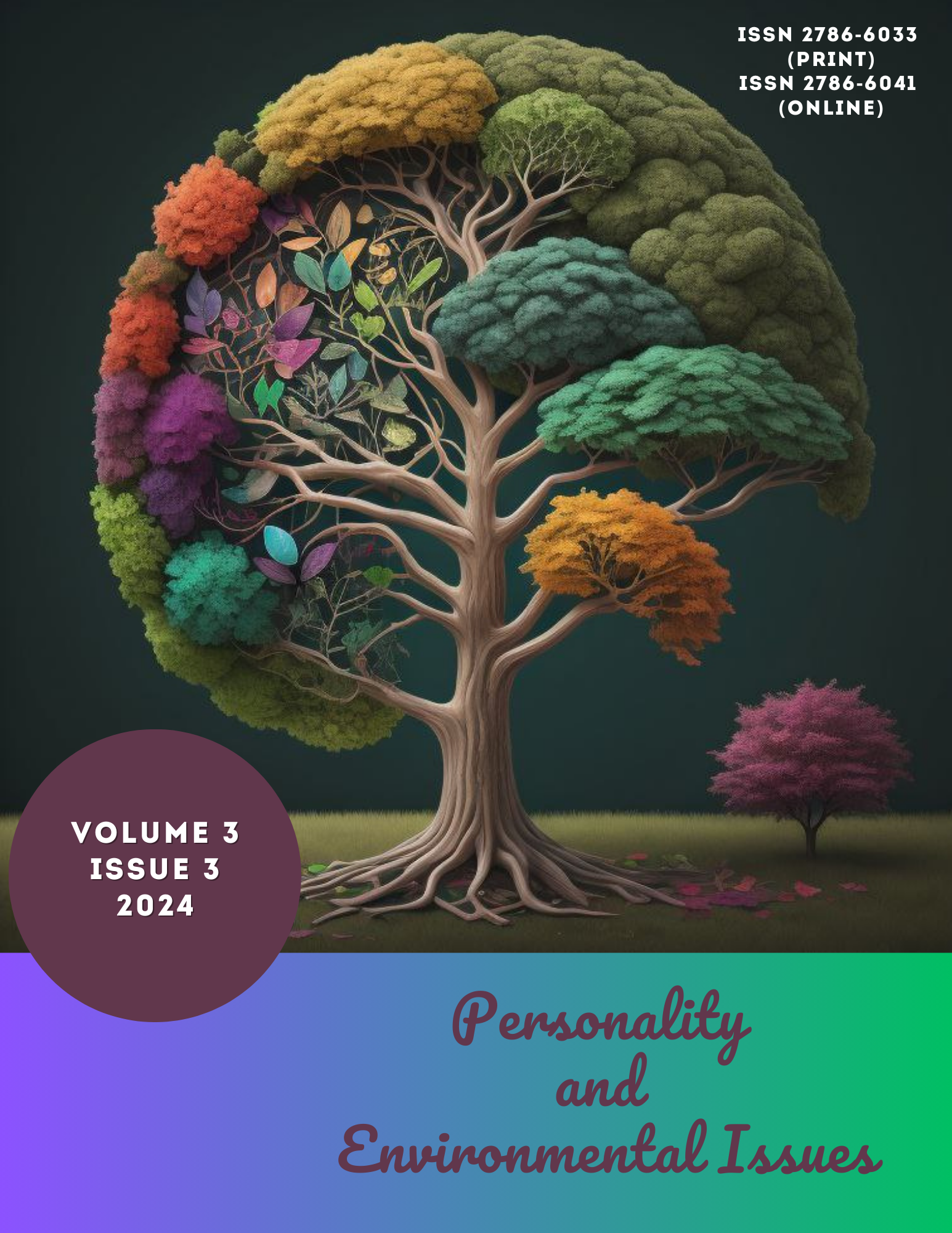Abstract
The article provides a comprehensive overview of modern approaches to trauma therapy. The historical origins of the concept of psychological trauma, its neuropsychological mechanisms, and contemporary scientific explanations are examined. The leading methods of trauma treatment are consistently described: cognitive-behavioral programs, EMDR therapy, body-oriented practices, mindfulness, narrative exposure therapy, and crisis interventions. It is shown how these methods naturally complement each other, forming an integral system of assistance. Special attention is paid to the development of trauma therapy in Ukraine, where it has become particularly important under wartime conditions.
References
Briere, J., & Scott, C. (2015). Principles of trauma therapy: A guide to symptoms, evaluation, and treatment (2nd ed.). Thousand Oaks, CA: SAGE.
Herman, J. L. (2015). Trauma and recovery: The aftermath of violence—from domestic abuse to political terror. New York: Basic Books.
van der Kolk, B. A. (2015). The body keeps the score: Brain, mind, and body in the healing of trauma. New York: Viking.
World Health Organization. (2022). Guidelines on mental health and psychosocial support in emergencies. Geneva: WHO.
Kokun, O. M. (2020). Psychological resources of the individual in overcoming the consequences of stress and trauma. Kyiv: H. S. Kostiuk Institute of Psychology.
Tytarenko, T. M. (2020). Resilience of personality: From theory to practice. Kyiv: Lybid.
Chepa, M. V. (2021). Modern approaches to psychological assistance in crisis conditions. Kharkiv: Osnova.

This work is licensed under a Creative Commons Attribution 4.0 International License.
Copyright (c) 2024 Ірина Габа





